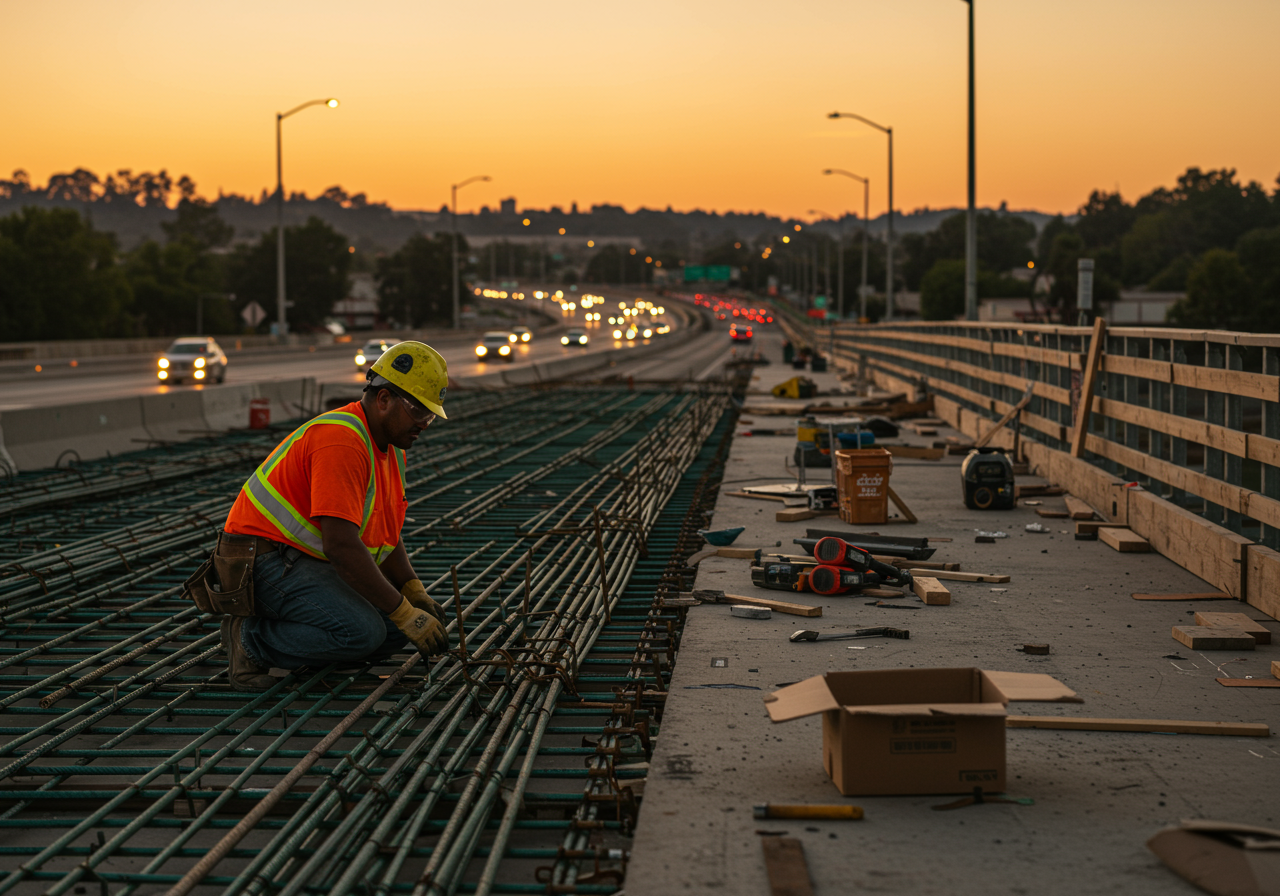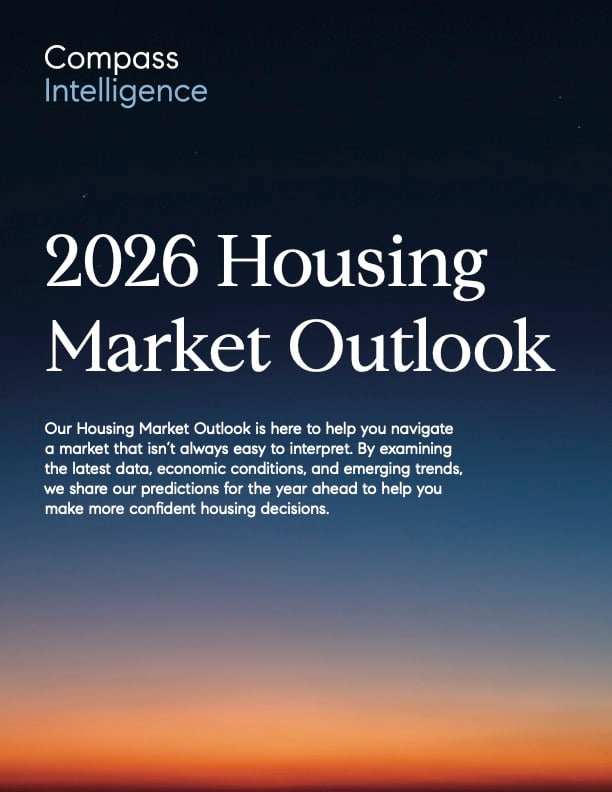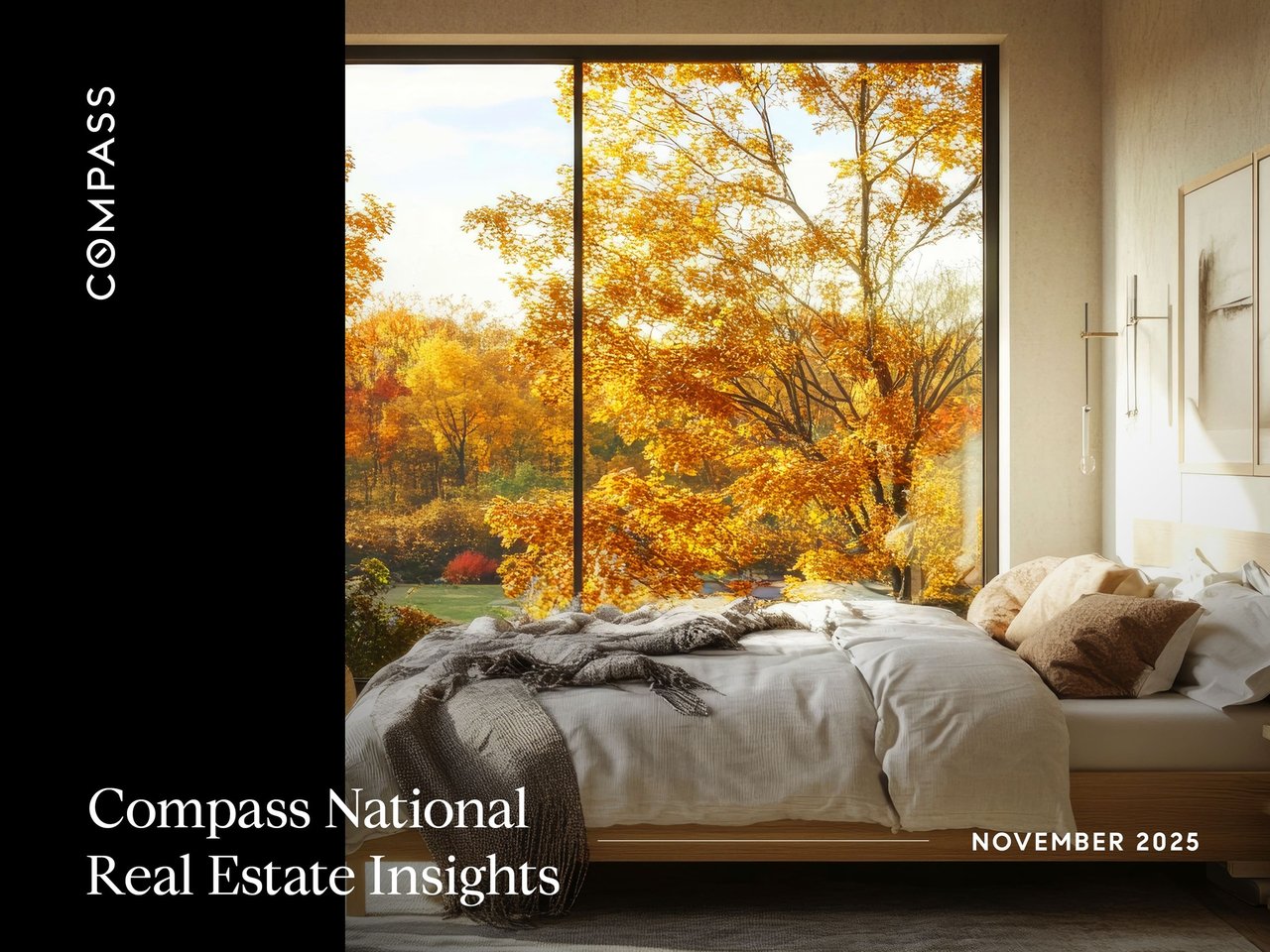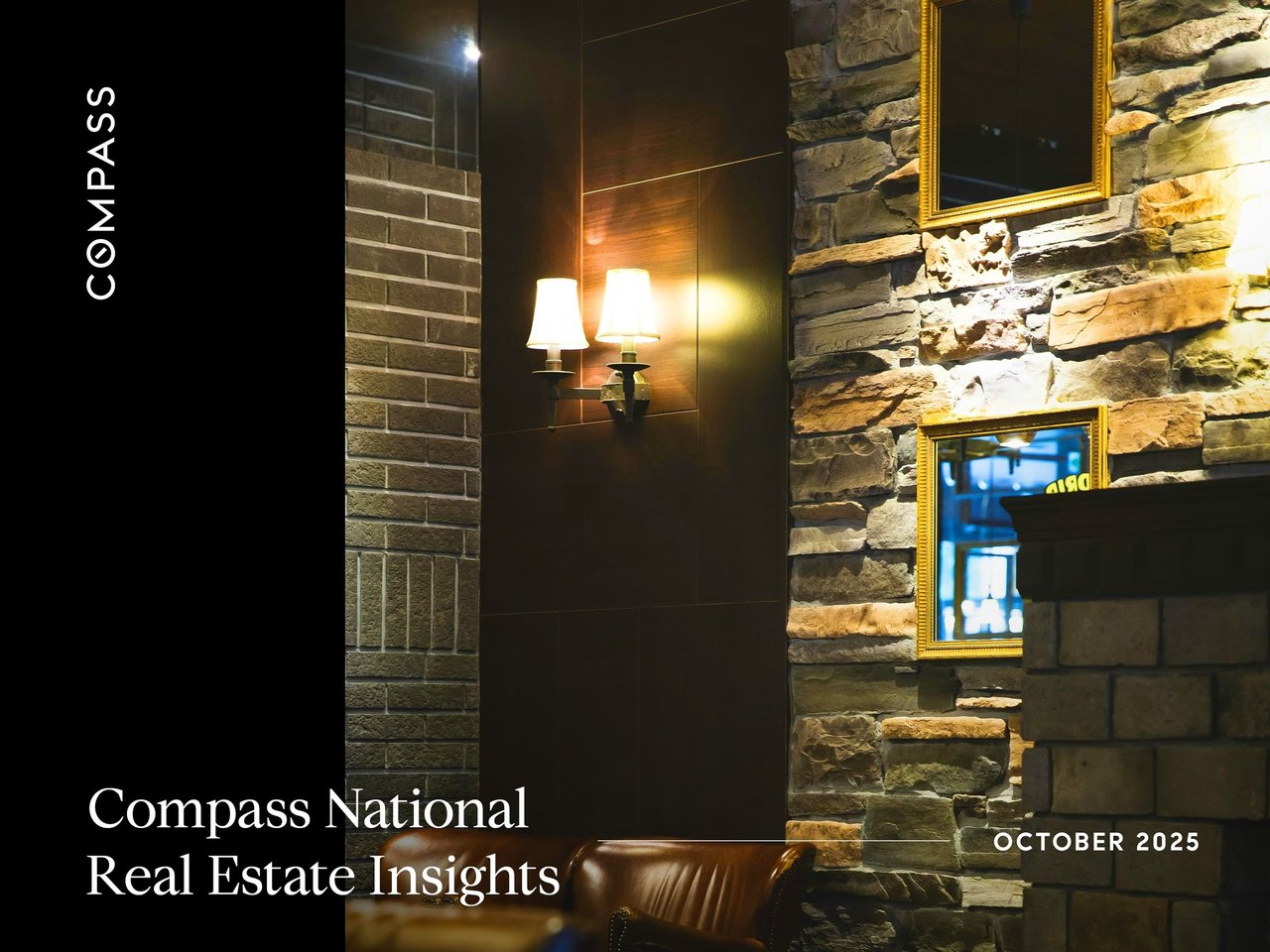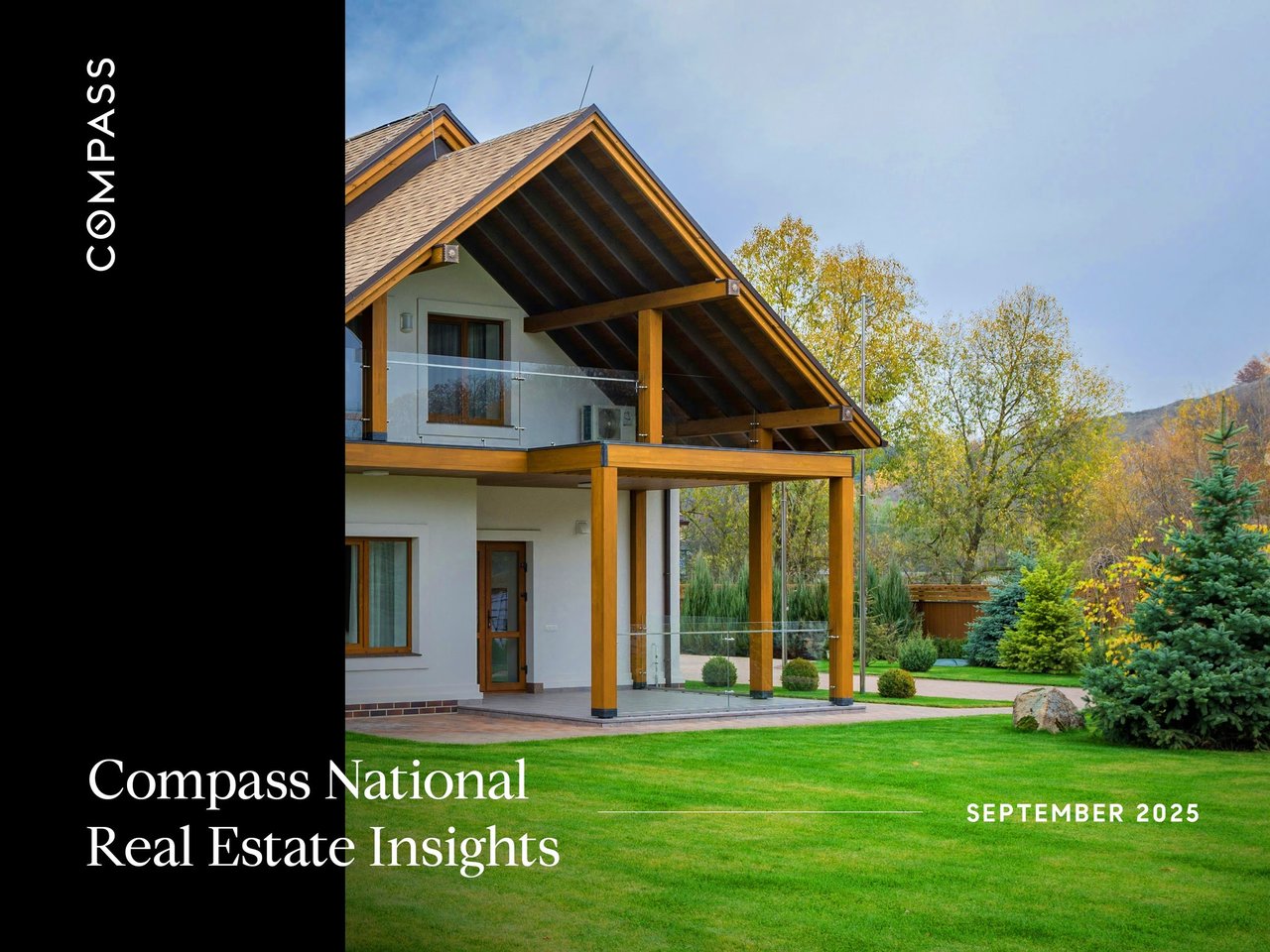In the realm of housing development, a fierce battle is being waged between the YIMBYs (YES in my backyard!) and the NIMBYs (NOT in my backyard!). These groups, often driven by extreme ideologies, are influencing the narrative and contributing to the challenges faced in building affordable housing. Striking a balance between the two is essential for overcoming the obstacles that lead to a shortage of inventory and soaring home prices.
YIMBY Perspectives:
YIMBY advocates rightly aim to address the shortage of affordable housing in under-built environments. However, their emphasis on profit often overshadows considerations for existing communities. The impact on schools, roads, hospitals, and other infrastructure is sometimes underestimated. The influx of residents can strain resources and necessitate upgrades that may not be readily available.
One significant concern is the strain on local schools, a primary contributor to local taxes. When a surge of new residents enters an area, schools may face capacity challenges. The question arises: Should newcomers contribute to the cost of expanding educational infrastructure? Balancing the needs of existing residents with the demand for affordable housing becomes critical.
NIMBY Concerns:
On the other side, NIMBYs rightfully seek to protect their lifestyle and avoid excessive demands on infrastructure. However, their resistance to change often leads to an outright rejection of any housing development. This stance fails to acknowledge the necessity of affordable housing for essential service providers, such as teachers, firemen, and police officers, whose recruitment becomes increasingly challenging without accessible housing.
Finding the Middle Ground:
The solution lies in a middle ground that involves accelerated, simplified zoning and planning processes. This approach must be accommodating to the need for more housing while addressing concerns related to infrastructure and community aesthetics. Clearly defined codes can guide development, ensuring that new constructions enhance neighborhoods rather than disrupting their character.
Zoning and planning should not only consider the physical structures but also focus on the overall impact on the community. Infrastructure needs, including schools, roads, and healthcare facilities, must be factored into the planning process. Adequate provisions for financing these developments and distributing costs fairly among the community can help alleviate concerns.
The Need for Collaborative Planning:
Building affordable housing hours away from job centers is impractical, particularly for lower-paying jobs that often require physical presence. A collaborative approach, involving both YIMBY and NIMBY perspectives, is essential for developing solutions that benefit everyone. Sensible and practical planning, coupled with compromise and collaboration, can help mitigate extreme sentiments and lead to real solutions for real problems.
In the ongoing struggle between YIMBYs and NIMBYs, finding common ground is imperative for addressing the challenges of building affordable housing. A middle path that prioritizes practical planning, infrastructure development, and compromise is the key to unlocking solutions. By fostering collaboration and embracing the diverse needs of communities, we can break free from the extremes that impede progress and build a future where affordable housing is a reality for everyone.

